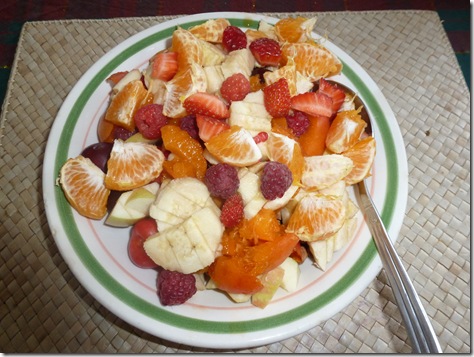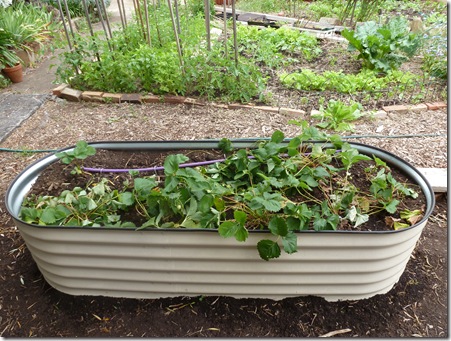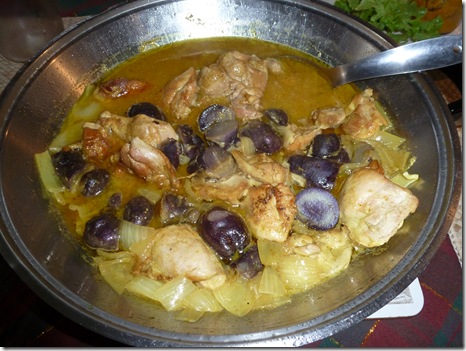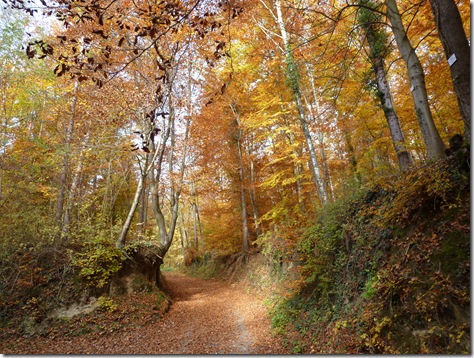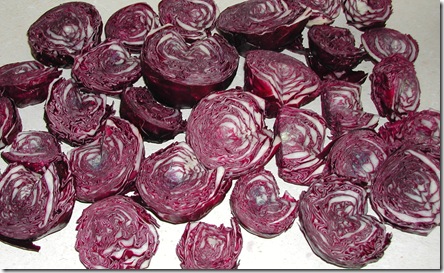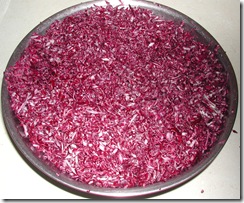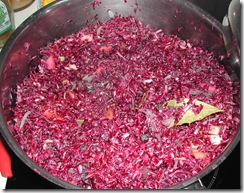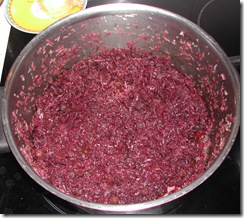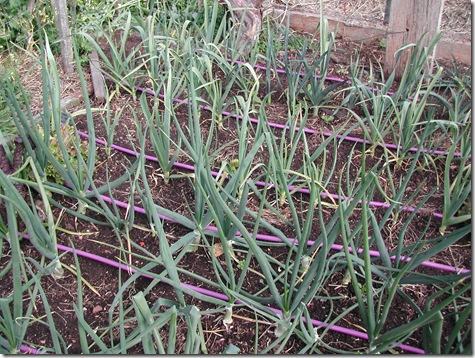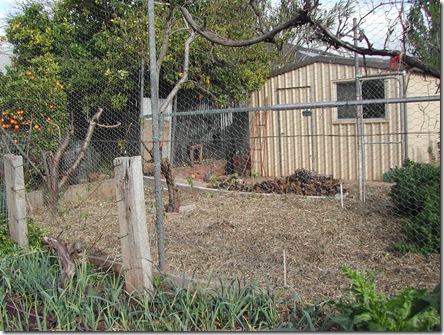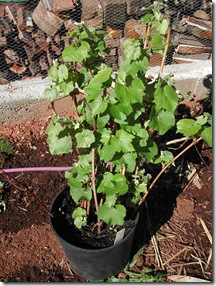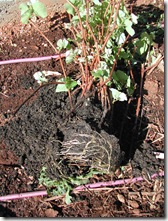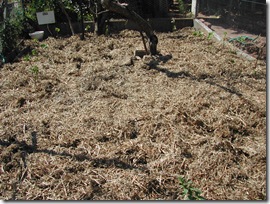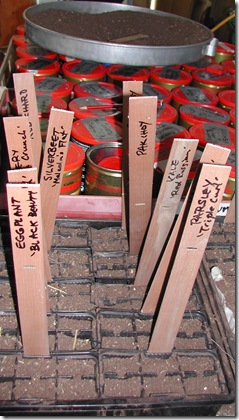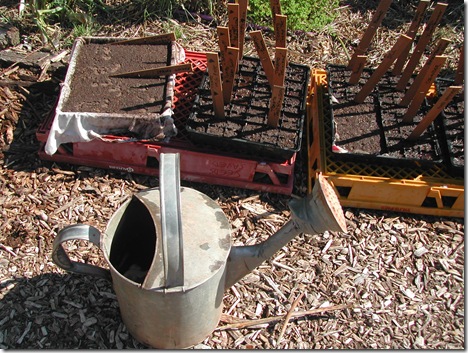‘Down under’ here in Australia the seasons are all backwards to the cook, born as she was in the northern hemisphere. With us, the longest day of the year occurs just four days before Christmas (on the 21st December), though our hottest day is likely to be somewhere in February.
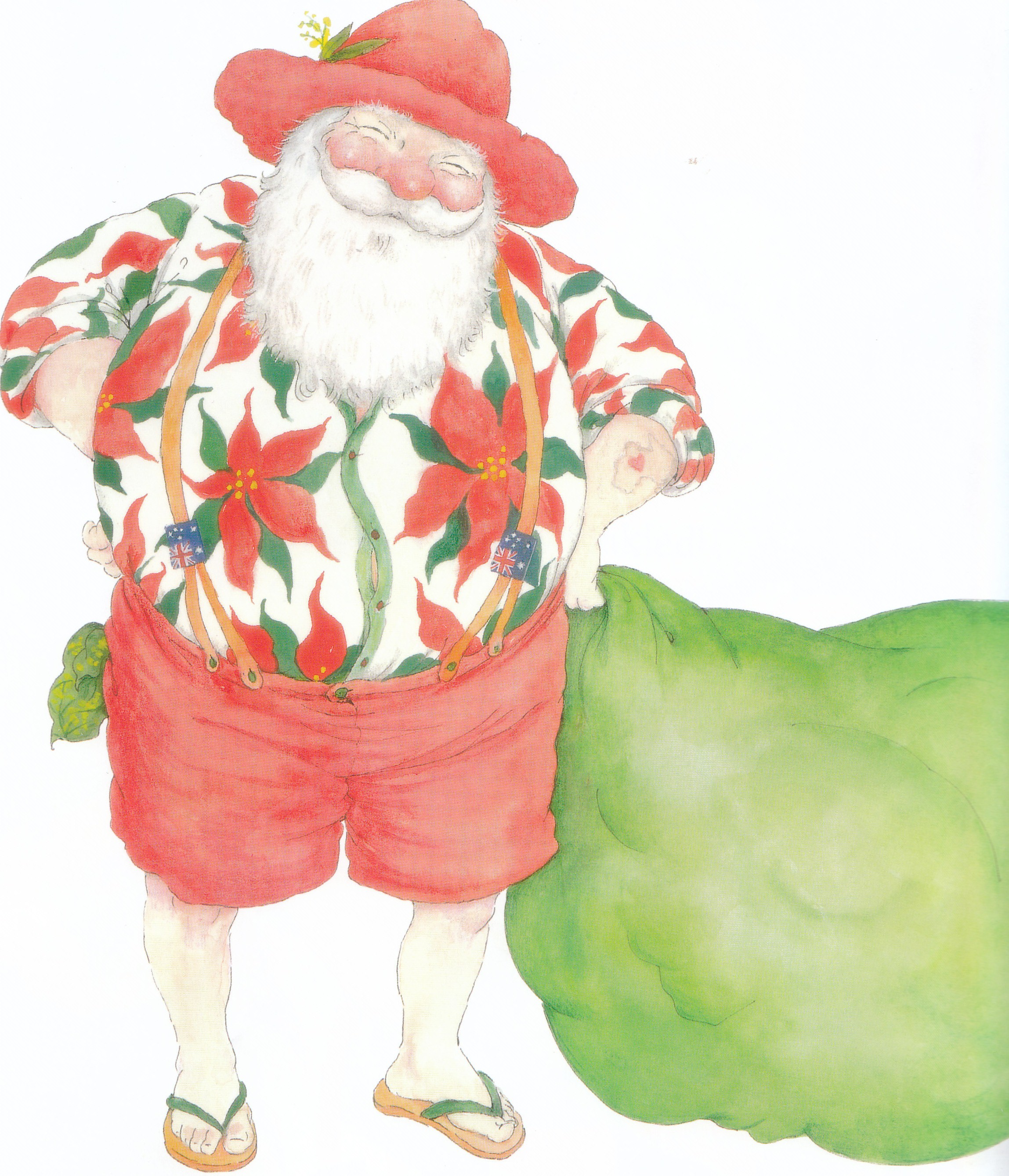
So our chances of a white Christmas - holly, snow, candlelight and sleigh rides - are pretty much zero. For us it’s a season of cold beer, beaches, BBQs, picnics in parks, shorts and T-shirts. Christmas Day was mild this year, somewhere in the mid-30’s - that’s around 100 Fahrenheit if Centigrade is not your thing…
For the gardeners among us, it’s also a time of fresh fruit and berries and some of the best breakfasts of the year, featuring raspberries, strawberries, cherries, bananas, mandarins, apricots and nectarines on top of Australian sultanas, almonds and pumpkin seeds; peaches will be along in January…
So Christmas day is generally a quiet day in the garden, with just some necessary watering done by hand in the quiet of the early morning and before the family lunch begins.
Christmas Eve was somewhat more hectic; the gardener had to lift the cook’s strawberry crop off the ground and into the gift he’d bought her - a raised Christmas garden bed away from mice, lizards and millipedes that also relish fresh strawberries. This was all done by evening, and looked fine on Christmas morning after overnight watering had settled the transplants.
Boxing Day is spent quietly too, but then, on the fourth and last day of the Christmas public holidays, its back to the garden - onions and garlic are ready for harvest after their six month growing cycle, started way back on the shortest day of the year.
Our middle son and his partner are over from their eighth-floor apartment in Melbourne and get to witness what they miss most by living in the big-city; fruit and vegetables picked straight from an Adelaide kitchen garden.

